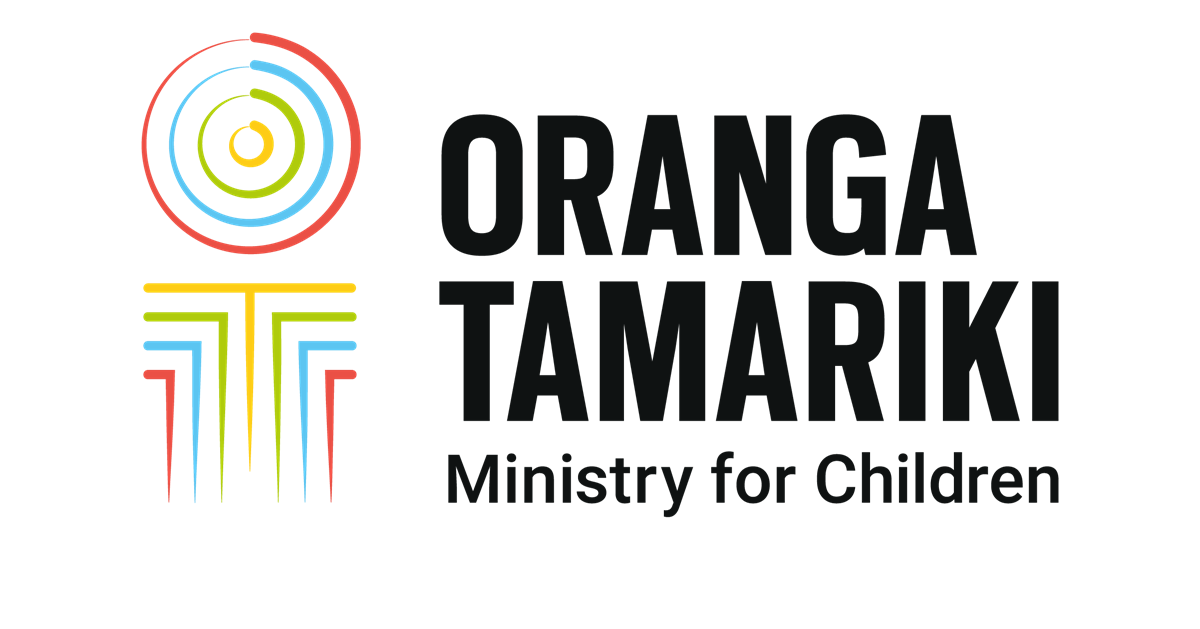Subsequent children: Evidence brief
Published: September 27, 2020
This evidence brief is intended to support policy work on the subsequent children legislation.
Background
This evidence brief was written to provide up-to-date literature from New Zealand and internationally on the needs of, and interventions and approaches that work well for subsequent children and their whānau, particularly for whānau Māori. Findings will assist Oranga Tamariki to consider how best to support them.
A subsequent child is defined as any child in the care of a parent or caregiver who has had a previous child they were caring for permanently removed from their care, or been convicted of the murder, manslaughter or infanticide of a child or young person in their care or custody.
Key findings
The needs of parents and children are similar to those of other families
- The literature does not suggest a substantive difference between the needs of subsequent children and other children known to care and protection agencies.
- However, the literature does highlight that subsequent children may face a high level of risk where there is a lack of support for their parents.
Mothers are more likely to be teenagers with a history of childhood adversity
- Women aged between 16 and 19 who have children taken into care have often experienced maltreatment, neglect or abuse as children themselves.
- They and their families often have histories of domestic abuse, substance misuse or abuse and mental health issues.
People facing complex challenges need significant support
- Mothers appearing in recurrent care proceedings are often dealing with a number of challenges including mental health and relationship issues, and trauma as a result of their childhood experiences and/or associated with their children being taken into care.
- Services available for mothers subject to recurrent proceedings are inadequate and so complex problems are not being addressed.
Needs of Māori subsequent children, and whānau
- Māori involvement with child protection services is higher than for other ethnic groups.
- Ongoing cultural connection is fundamental to Māori and Indigenous identity and wellbeing research from Australia shows that placement of Indigenous children can threaten this connection.
- Key barriers for Māori include: cultural alienation and lack of respect for whānau; lack of understanding of how the system works; unclear communication from and high staff turnover within agencies; and little recognition or accommodation of the demands of daily life.
Download the report and summary
-
Subsequent Children evidence brief
An evidence brief that looks at literature from New Zealand and internationally on the needs of, and interventions and approaches that work well for subsequent children and their whānau.
Pdf, 1 MB
-
Review of a group of subsequent children entering Oranga Tamariki care in 2018-19
A3 summary: Review of a group of children entering Oranga Tamariki care in 2018-19.
Pdf, 138 KB

